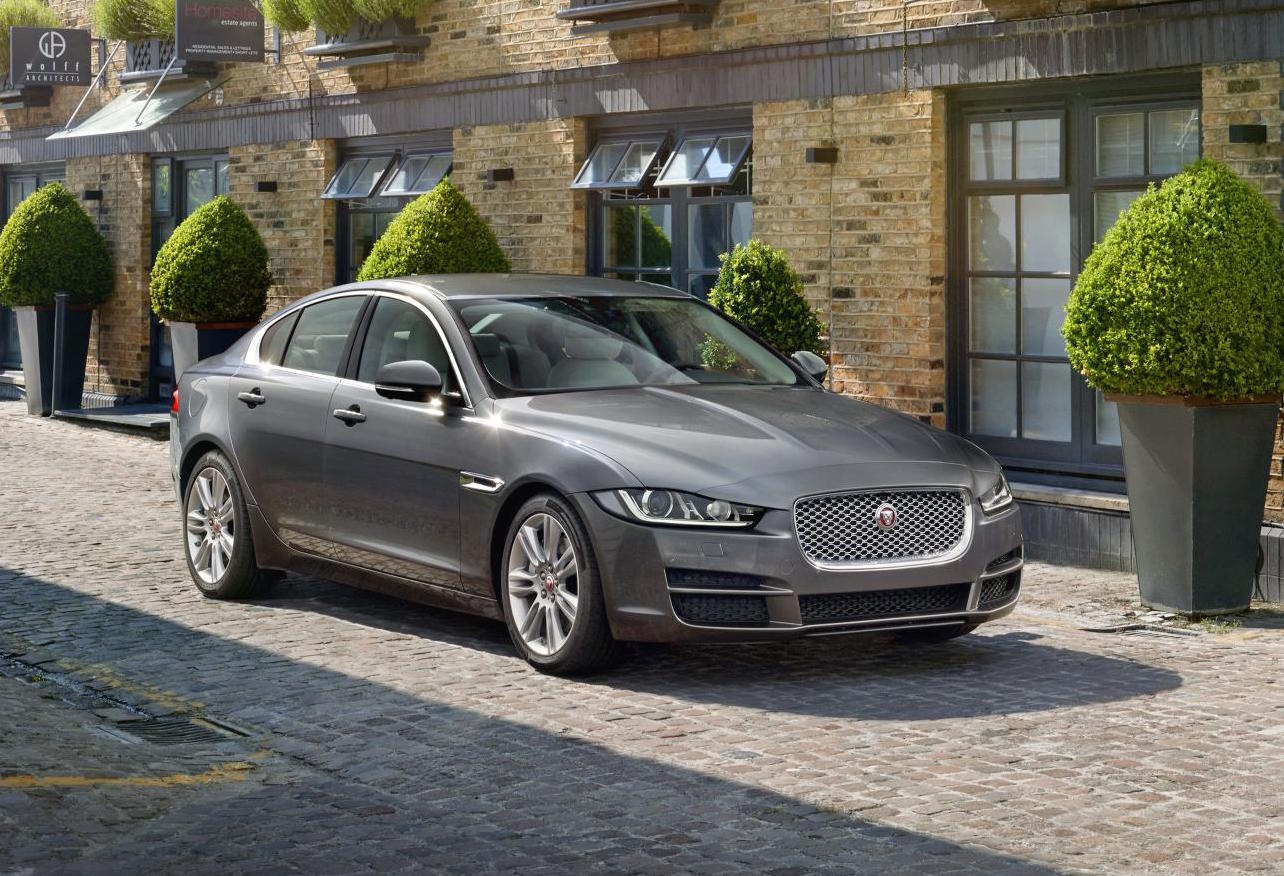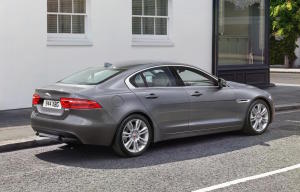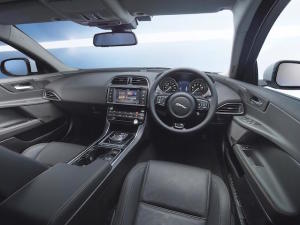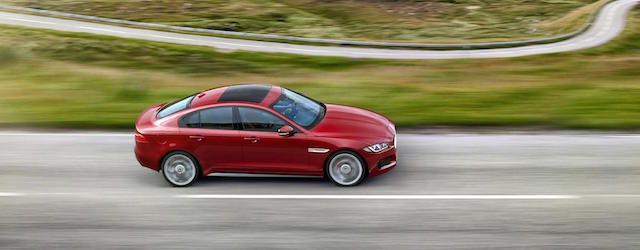
One Jaguar XE sedan that New Zealanders will steer away from when the range arrives later this year is the base model with the optional six-speed manual gearbox.
“No, I doubt there will be any demand for that transmission,” said Jaguar NZ general manager Paul Ricketts. He hasn’t settled on the range yet but knows the eight-speed automatic – a revised version of the ZF unit used elsewhere in the Jaguar range – will be the buyers’ transmission of choice when the XE arrives in July/August.

“We haven’t confirmed the model line-up. Nothing on engines, specifications or price yet. We’ll have a better idea over the next month or so,” said Ricketts.
The XE gets the new range of all-aluminium Ingenium petrol and diesel engines, designed specifically for the rear-drive sedan but already earmarked for other Jaguar/Land Rover models.
There’s the entry-level 2.0-litre turbo-diesel in two states of tune, either 120kW/380Nm or 132kW/430Nm. Jaguar claims the 120kW car is good for town-and-around fuel use of 3.7 litres/100km, or 75mpg.
A 2.0-litre turbocharged petrol unit also offers power options – 147kW/280Nm or 176kW/340Nm. The premium engine – shared with the F-Type sports car – is a supercharged 3.0-litre V6 delivering 250kW/450Nm and claimed fuel use of 8 litres/100km, or 35mpg.
The entry-level Jaguar XE is badged the SE. After that comes the Prestige, R-Sport and Portfolio. The more powerful of the 2.0i petrol engines is only offered in R-Sport or Portfolio trim and the range-topping XE V6 gets its own S trim level.
Jaguar says the XE is 20 per cent stiffer than the bigger XF, an advantage in creating a good ride/handling balance. “The XE body uses over 75 per cent aluminium content, which far exceeds any other car in its class,” says lightweight technical specialist Dr Mark White.“This gives us an immensely strong body structure with extremely high levels of torsional stiffness.”
 Suspension up front is a double wishbone suspension set-up, tuned to mirror that of the XFR, says Jaguar. At the rear is a multi-link system. The suspension even features slipping fixings that act like a fuse to limit damage if the driver hits a kerb.
Suspension up front is a double wishbone suspension set-up, tuned to mirror that of the XFR, says Jaguar. At the rear is a multi-link system. The suspension even features slipping fixings that act like a fuse to limit damage if the driver hits a kerb.
The steering is electrically powered for the first time in a Jaguar, with settings that can be tweaked using Jaguar Driver Control – with Dynamic, Normal, Eco and Winter modes.
Jaguar Driver Control also includes All Surface Programme Control – a system developed from Land Rover’s Terrain Response set-up – which controls the engine output, brakes and differential to enable the car to negotiate slippery surfaces.
 Safety equipment includes autonomous emergency braking, a stereo forward-facing camera for traffic sign recognition (that checks what it sees with information from the sat-nav), lane departure warning, blind spot monitoring, self-parking and adaptive cruise control.
Safety equipment includes autonomous emergency braking, a stereo forward-facing camera for traffic sign recognition (that checks what it sees with information from the sat-nav), lane departure warning, blind spot monitoring, self-parking and adaptive cruise control.
The head-up display uses lasers for a crisper image than an LED system and shows speed, safety warnings and sat-nav directions.

